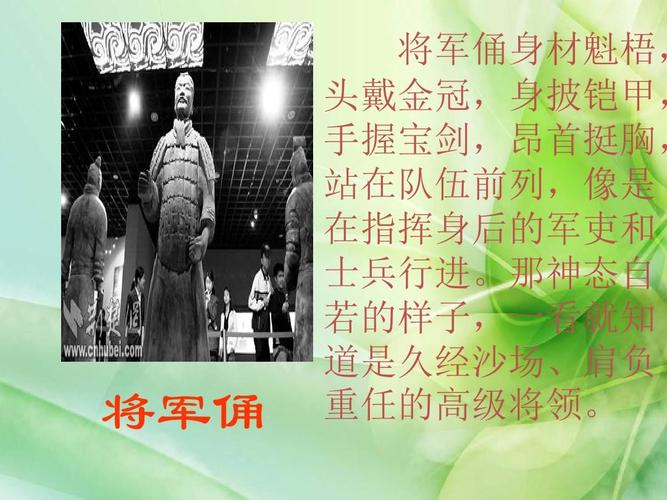
Who Owns the Terracotta Army?
Discovered in 1974
The Terracotta Army, a breathtaking collection of life-sized terracotta sculptures, was serendipitously discovered in 1974 by local farmers digging a well near Xi'an, China. This accidental find unveiled one of the most significant archaeological sites in the world, instantly captivating global attention.
A Legacy of Emperor Qin Shi Huang
The Terracotta Army was not built for just anyone; it was built for Emperor Qin Shi Huang, the first emperor of a unified China. He ascended the throne at the young age of 13 and ruled with an iron fist, conquering rival states and unifying China under his Qin Dynasty in 221 B.C.
The Purpose of an Army in Afterlife
Driven by a belief in an elaborate afterlife mirroring the earthly realm, Emperor Qin Shi Huang envisioned this terracotta army as his protectors in the next world. This belief system held that the emperor would continue his reign even after death, requiring an army, officials, and servants to maintain his power and authority.
UNESCO World Heritage Site
The historical and cultural significance of the Terracotta Army earned it a well-deserved recognition as a UNESCO World Heritage Site in 1987. This designation acknowledges its outstanding universal value and the need for its preservation for future generations.
Ownership and Stewardship
While the Terracotta Army was built for Emperor Qin Shi Huang, its ownership today lies with the People's Republic of China. This incredible historical treasure falls under the stewardship of the Chinese government, specifically managed by cultural heritage institutions.
These institutions are responsible for the site's excavation, preservation, research, and exhibition. They ensure the protection and accessibility of the Terracotta Army, allowing people worldwide to marvel at its grandeur and historical significance.
FAQs
Q: How many warriors are in the Terracotta Army? A: While over 8,000 life-sized figures have been unearthed so far, including warriors, chariots, and horses, it's believed that the entire complex could contain many thousands more.
Q: How were the Terracotta Warriors made? A: Each figure was meticulously handcrafted using terracotta clay. The intricate details in their armor, hairstyles, and facial features highlight the remarkable craftsmanship of the time.
Q: Are the Terracotta Warriors hollow? A: Yes, the Terracotta Warriors are largely hollow. This technique was essential for ensuring even drying and preventing cracks during the firing process.